Important: This page has recently been updated on 23 June 2024.
Introduction
Meditation, a practice with roots stretching back thousands of years, offers a powerful tool for cultivating inner peace, reducing stress, and enhancing overall well-being.
Whether you’re a seasoned practitioner or a curious beginner, this guide will provide you with a comprehensive overview of meditation, its benefits, and practical steps to get started.
Disclosure: This post contains affiliate links. If you make a purchase through these links, I may earn a commission at no extra cost to you.
A Glimpse into My Meditation Journey
My own journey with meditation began a long time ago. Over 30 years ago, I attended a meditation course that focused on mindfulness and present-moment awareness.
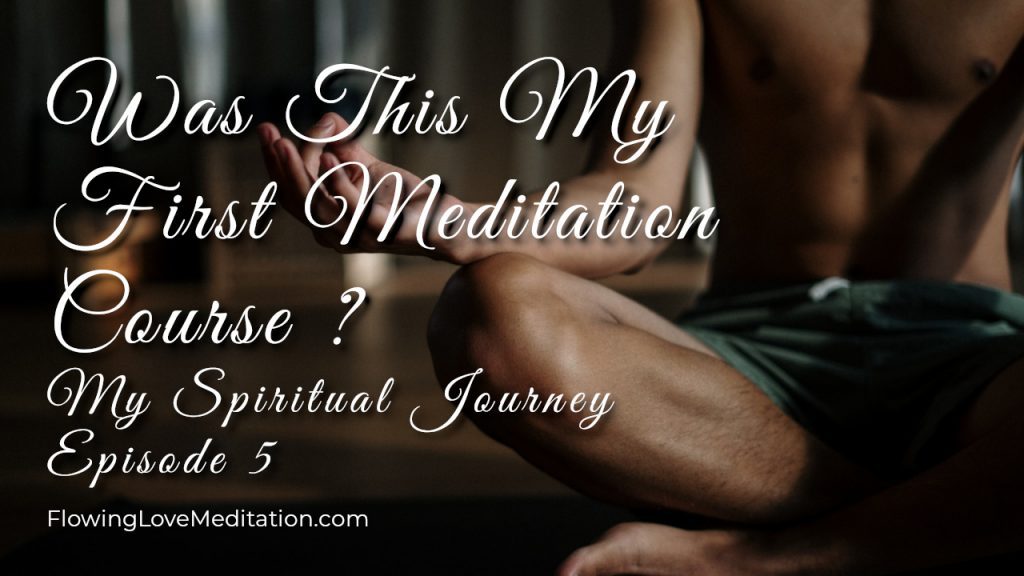
It was during this course that I realized and remembered meditating as a young boy. Here is a blog post I shared more about that experience and memory: Was This My First Meditation Course?
Meditation has been a transformative experience for me. It has helped me cultivate inner peace, reduce stress, and develop a deeper sense of self-awareness. But the journey went beyond that.
Meditation has also opened doors to explore the subtler aspects of myself, enhancing my intuition and fostering a connection to something beyond the physical world. Some might call it astral travel, a deepening connection to the universe, or the exploration of other realms of consciousness. This aspect of meditation has been a source of wonder and continues to inspire me.
That’s why I’m passionate about helping others learn and practice meditation. I believe everyone has the potential to discover the benefits of this practice, not just for stress reduction and self-awareness, but also to uncover their unique gifts and explore the hidden dimensions of existence.
Understanding Meditation
Feeling Overwhelmed? Discover the Power of Meditation
In today’s whirlwind world, it’s easy to feel constantly bombarded by stress, anxiety, and a never-ending stream of thoughts. If you’re longing for a sense of calm and inner peace, meditation offers a powerful solution.
By quieting the mind and focusing your attention, meditation can be a transformative tool for:
- Cultivating inner peace and reducing stress
- Boosting focus and concentration
- Enhancing your overall well-being
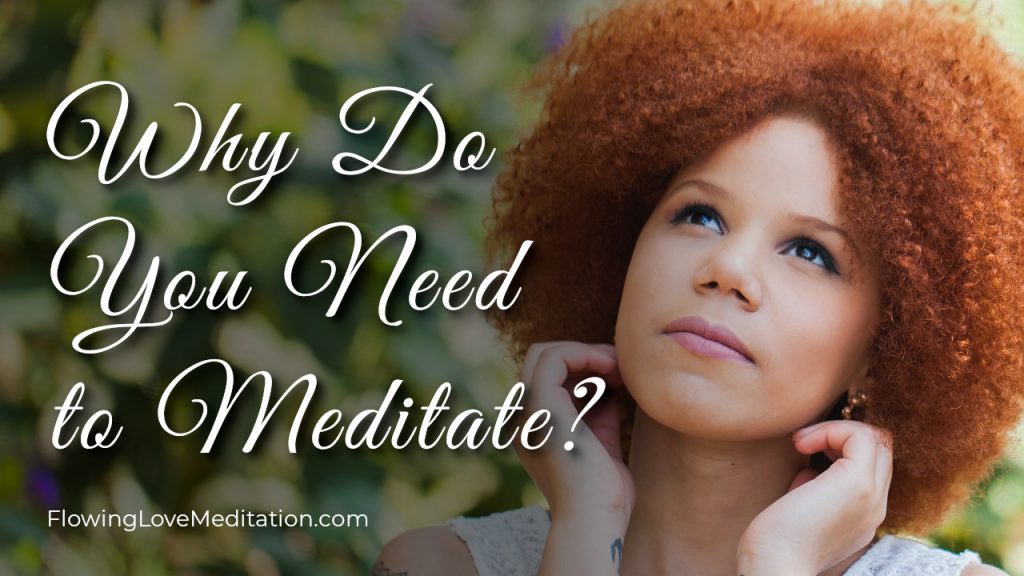
Curious to learn more about how meditation can benefit you? I delve deeper into the “why” behind meditation practice in my blog post: Why Do You Need to Meditate?
Is Meditation Right for You? Absolutely!
Meditation is a practice that can be embraced by anyone, regardless of age, background, or physical ability. It’s not just about achieving some mystical state or emptying your mind completely.
Instead, it’s about cultivating a skill – the ability to focus your attention and find moments of inner peace amidst the daily hustle. All you need is dedication and consistency.

Click image above to get it now!
Unlock inner peace with Ennora’s binaural beats. Backed by research, Ennora’s scientifically crafted music effortlessly aligns mind, body, and spirit. Explore Ennora and embark on a transformative journey today! Click image above to get it now!
Finding Your Perfect Meditation Time
While there’s no one-size-fits-all answer to when to meditate, many people find establishing a regular practice is key. Here are some tips to discover your ideal meditation time:
- Morning Magic: Some people find meditating first thing in the morning sets a positive and focused tone for the day. It allows you to begin fresh and clear-headed before the day’s busyness sets in.
- Evening Ease: For others, meditating in the evening helps unwind, de-stress, and prepare for a restful sleep. This can be especially helpful if your days tend to be overwhelming.
- Experiment and Explore: The most important thing is to find a time that works for you and your schedule. Try meditating at different times of the day and see when you feel most focused and relaxed.
Ready to give it a try? No matter when you choose to meditate, consistency is key. By dedicating a specific time each day, you’ll be more likely to make meditation a lasting habit.
Creating Your Ideal Meditation Sanctuary
Finding a quiet space to meditate is essential for minimizing distractions and fostering a sense of calm. The ideal location can vary depending on your preferences. Here are some possibilities:
- Dedicated Meditation Room: If you have the space, creating a dedicated meditation room can be a wonderful way to establish a consistent practice environment.
- Tranquil Corner at Home: Even a quiet corner in your home can be transformed into a meditation haven. Consider adding calming elements like soft lighting, comfortable seating, and inspiring visuals.
- Nature’s Embrace: For some, being surrounded by nature is incredibly grounding and peaceful. A park bench, a quiet section of your backyard, or even a local botanical garden could be your perfect meditation sanctuary.
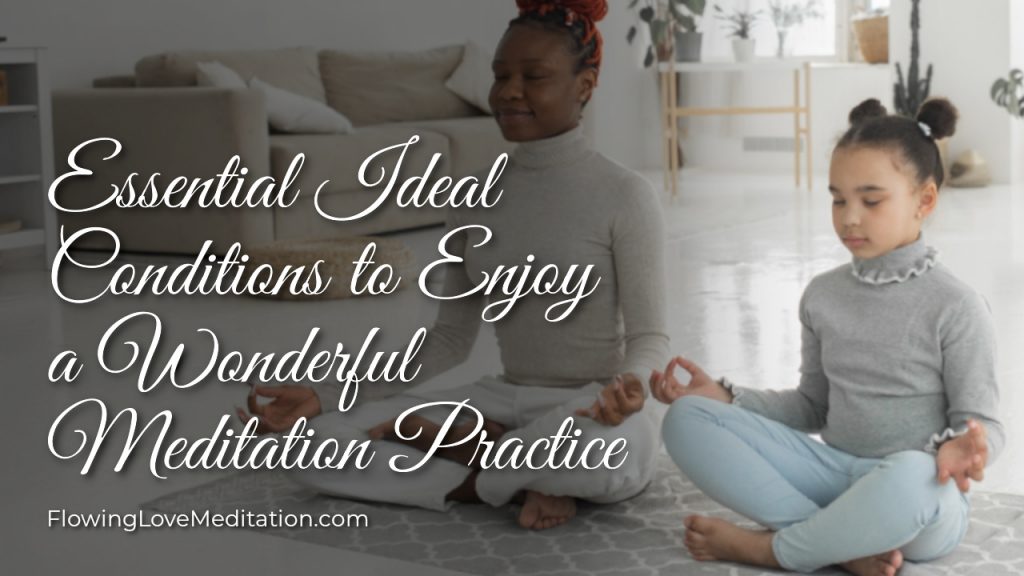
Curious to learn more about creating ideal conditions for meditation? In my blog post “Essential Ideal Conditions to Enjoy a Wonderful Meditation Practice,” I delve deeper into setting the scene for a truly transformative meditation experience.
The above post explores elements like lighting, sound, posture, and more to help you craft a personalized meditation space.
Getting Started: A Glimpse into Your Meditation Journey
Meditation can seem complex at first, but the core practice is surprisingly simple. It’s about quieting the mind and focusing your attention in a way that cultivates inner peace and well-being.
While a detailed guide will be provided in the “Types of Meditations” section (further down this page), here’s a sneak peek at the general approach:
- Finding Comfort: The first step involves settling into a comfortable position that allows you to be both relaxed and alert.
- Setting the Stage: Decide on a time frame for your meditation practice. Begin with shorter sessions and gradually extend the duration as you become more comfortable.
- Anchoring Your Attention: Choose a focal point to guide your mind. This could be your breath, a mantra, or even a calming visualization.
- Observing Thoughts: It’s natural for thoughts to arise during meditation. Acknowledge them without judgment and gently return your attention to your chosen anchor point.
- Gently Concluding: Once your meditation time is complete, take a few moments to ease back into your surroundings and integrate the experience.
In the “Types of Meditations” section that is further down this page, I will delve deeper into various techniques and guide you step-by-step through different meditation practices. This section aims to pique your curiosity and provide a basic framework to get you started.
The Science of Meditation: Understanding the Evidence
Meditation goes beyond simply feeling relaxed. A growing body of scientific research has revealed its profound impact on both the brain and body. Here’s a glimpse into how meditation can support your well-being:
- Stress Reduction and Calming Effects: Studies show that meditation activates the parasympathetic nervous system, promoting relaxation and reducing stress hormones like cortisol.
- Enhanced Focus and Concentration: By training your attention, meditation can improve your ability to focus on the present moment and reduce mind-wandering.
- Emotional Regulation and Well-being: Research suggests meditation can help regulate emotions, leading to greater emotional resilience and overall well-being.

Intrigued by the science behind meditation? In my blog post “The Science Behind Mindfulness Meditation,” I delve deeper into the research supporting these benefits.
The above post explores various studies and explores the potential mechanisms by which meditation exerts its positive effects.
Benefits of Meditation
Meditation offers a treasure trove of benefits that extend far beyond simply managing stress. While stress reduction is a powerful advantage, meditation’s true potential lies in its ability to transform your overall well-being. Regular meditation practice can cultivate positive changes that ripple outwards, impacting your mind, body, and spirit.
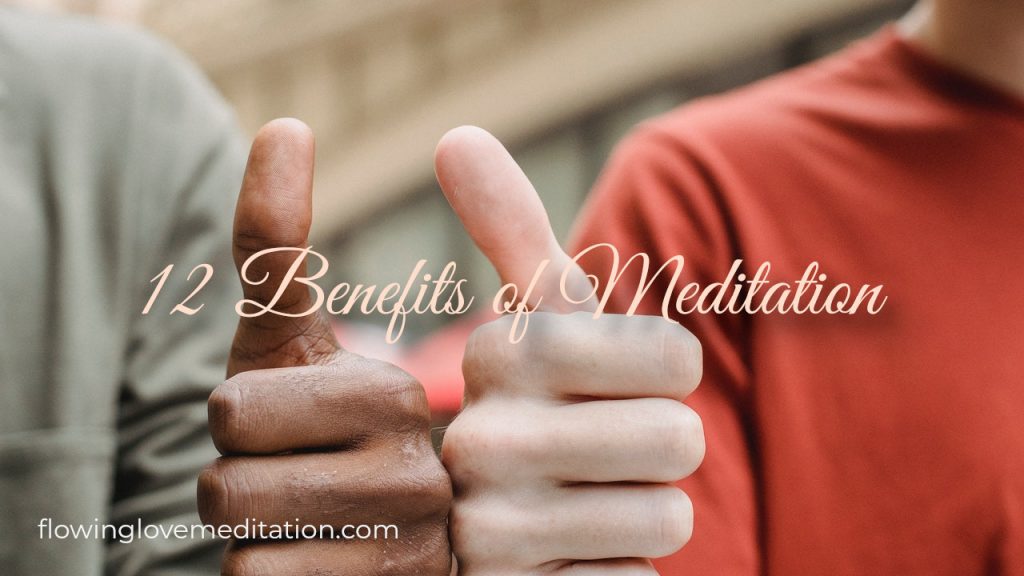
Curious to explore the many benefits of meditation? In my blog post “What are the 12 Benefits You Gain When You Meditate?,” I delve deeper into the positive impact meditation can have on your life, from reducing stress and anxiety to boosting focus and enhancing overall well-being.
Here’s a glimpse into the diverse ways meditation can enrich your life:
1. Improved Focus and Concentration:
Meditation trains your mind to be present and focused. By learning to observe your thoughts without getting caught up in them, you gain the ability to direct your attention intentionally and avoid distractions.
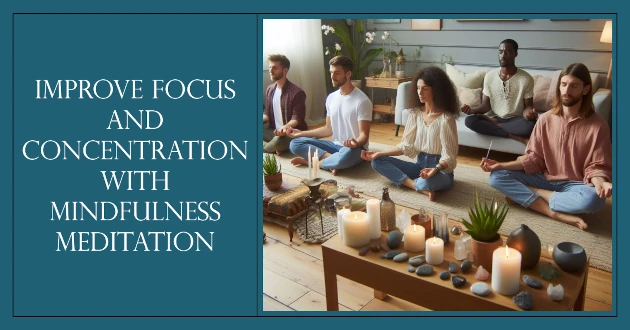
This enhanced focus translates into improved productivity and clearer thinking in all areas of your life. Here is my blog post with more details: Improve Focus and Concentration with Mindfulness Meditation.
2. Enhanced Self-Awareness:
Meditation creates a space for introspection. As you quiet your mind and observe your thoughts and emotions, you develop a deeper understanding of your inner workings. This self-awareness empowers you to make conscious choices and respond to situations with greater clarity and purpose.
3. Increased Emotional Well-being:
Meditation equips you with tools to manage your emotions effectively. By learning to observe your emotions without judgment, you can detach from negative emotional spirals and cultivate a sense of calm and inner peace.
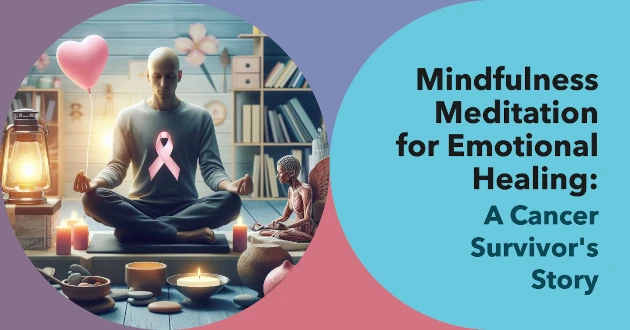
This emotional regulation leads to greater resilience and overall well-being. Here is my blog post with more details: Mindfulness Meditation for Emotional Healing: Cancer Survivor’s Story.
4. Better Sleep Quality:
Meditation can be a powerful tool for combating insomnia and promoting better sleep. By calming the mind and reducing stress hormones, meditation prepares the body for restful sleep.

Additionally, meditation techniques can help quiet the mind chatter that often keeps us awake at night. Here is my blog post with more details on how to sleep better with meditation: Beat Insomnia Naturally with Essential Oils & Meditation.
5. Increased Creativity:
Meditation fosters a state of openness and present-moment awareness. This can unlock new perspectives and spark creative ideas. By quieting the judging mind, meditation allows for a free flow of thoughts and fosters a fertile ground for creativity to blossom.
6. Holistic Healing for the Body:
Meditation’s positive impacts extend beyond the mind. Research suggests that meditation can strengthen the body’s immune system response and promote overall physical well-being.
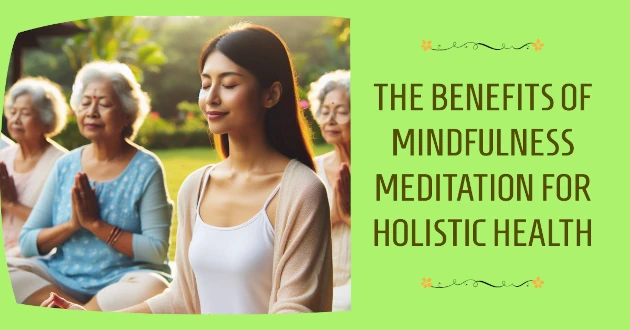
Meditation can also help manage chronic pain and reduce symptoms associated with various health conditions. Here is my blog post with more details: The Benefits of Mindfulness Meditation for Holistic Health.
7. Strengthened Immune System:
Studies indicate that meditation can positively impact the immune system. By reducing stress hormones and promoting relaxation, meditation may enhance the body’s ability to fight off illness and disease.

Here is my blog post with more details: Daily Mindfulness: My Healing Journey from Cancer.
8. Reduced Blood Pressure:
Meditation has been shown to be effective in lowering blood pressure. This can significantly reduce the risk of heart disease, stroke, and other health problems associated with high blood pressure.
9. Increased Self-Compassion:
Meditation cultivates a sense of kindness and understanding towards oneself. By observing your thoughts and emotions with non-judgment, you learn to accept yourself with all your imperfections. This fosters self-compassion, leading to greater self-acceptance and a stronger sense of self-worth.
10. Benefits for Your Soul: Spiritual Practice:
For many people, meditation offers a path to spiritual exploration. Meditation can deepen your connection to your inner self and foster a sense of peace and purpose that transcends the physical world. While the spiritual aspects of meditation are a personal journey, it can be a source of profound meaning and connection.
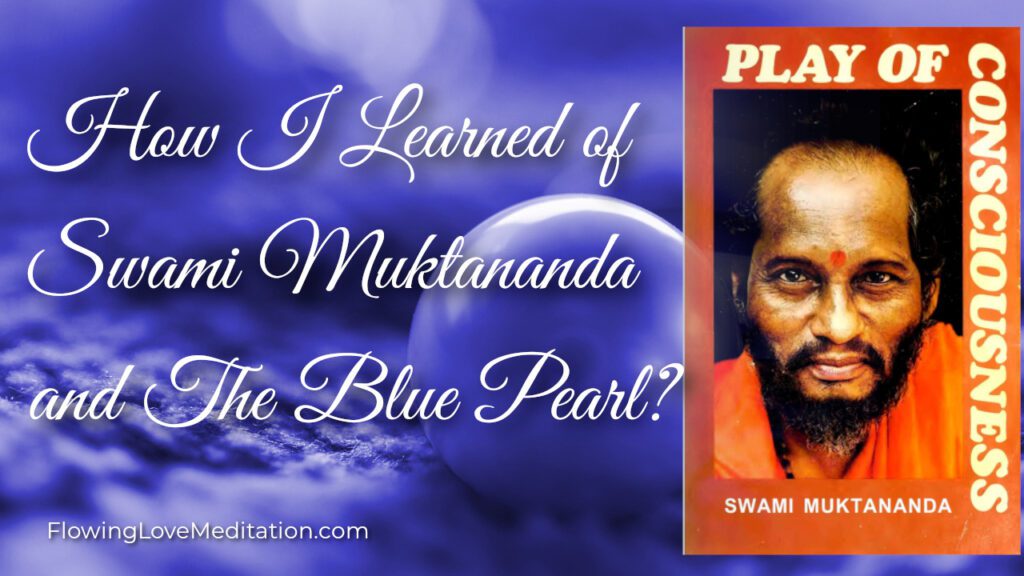
Years ago, in the early 2000s, I learned about the Blue Pearl that some people see during meditations. Here is my blog post with more details: How I Learned of Swami Muktananda and The Blue Pearl?
11. Enhancing Overall Well-being:
By integrating meditation into your daily life, you cultivate a sense of calmness, clarity, and well-being that permeates all aspects of your life. The benefits of meditation go beyond managing stress – they empower you to live a more fulfilling and meaningful life.
Exploring Your Meditation Options: A World of Techniques
The beauty of meditation lies in its versatility. There’s no single “right” way to meditate, and a variety of techniques exist to cater to different preferences and goals. As you delve deeper, you’ll discover techniques that resonate with you and help you cultivate a personalized meditation practice. This section will be your guide to exploring some of the most popular meditation practices.
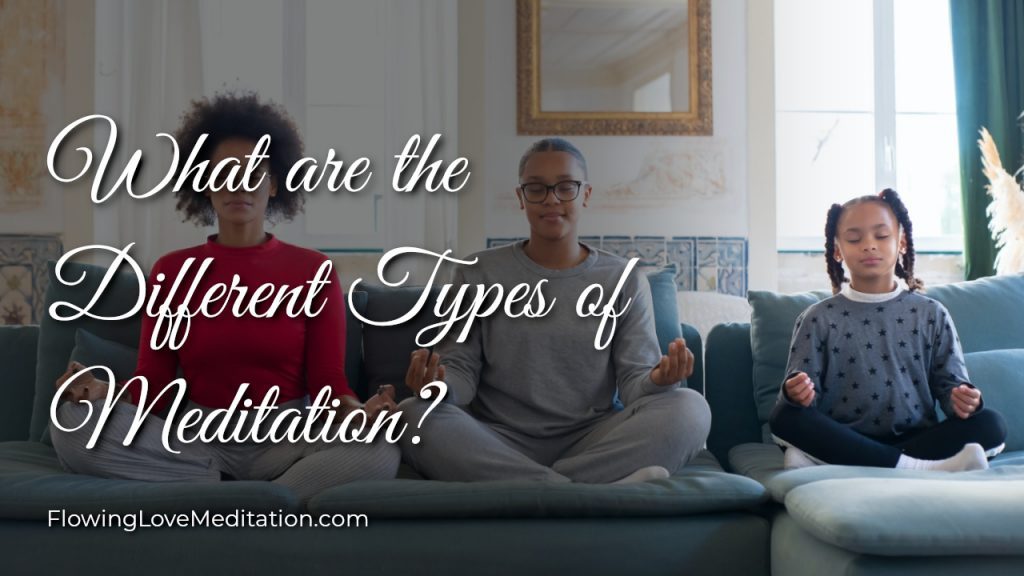
At the same time, if you like to read a blog post solely dedicated to providing you information of the different types of meditation with details, here it is: What are the Different Types of Meditation?
1. Flowing Love Meditation: Cultivating Compassion and Inner Peace
At the heart of our website lies Flowing Love Meditation, a unique practice designed to cultivate love and compassion for oneself and others. This transformative approach empowers you to connect with your inner wellspring of kindness and radiate positive energy outward.
Exploring Flowing Love Meditation:
a. Introduction to Flowing Love Meditation:
In this introductory resource, you’ll discover the philosophy behind the practice and learn how to begin cultivating love and compassion in your daily life.
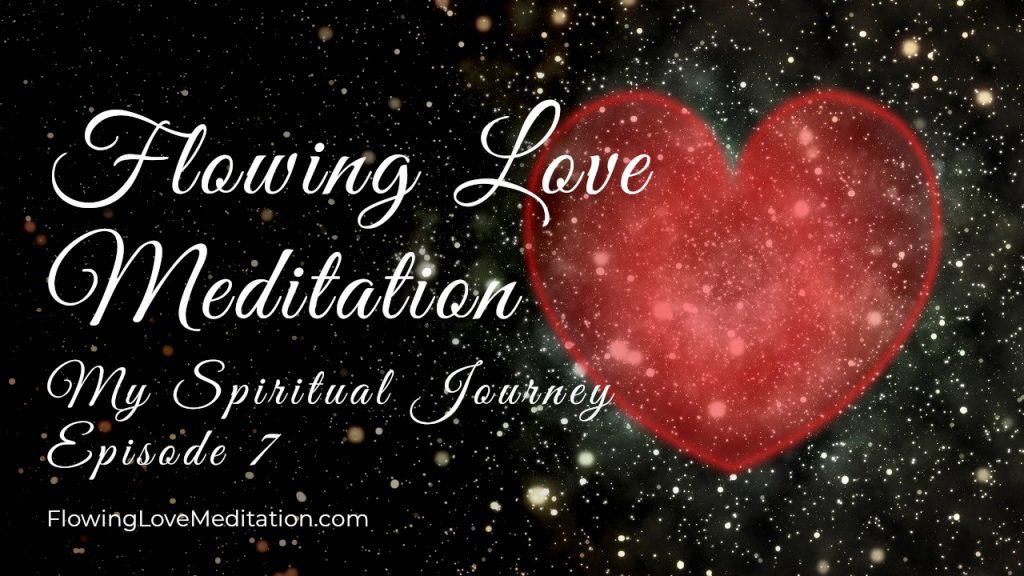
Delve deeper into the core principles and techniques of Flowing Love Meditation: Introduction to Flowing Love Meditation.
b. Avalokiteshvara and Flowing Love Meditation:
Discover the profound connection between Flowing Love Meditation and Avalokiteshvara, the compassionate bodhisattva revered for his boundless love and empathy.
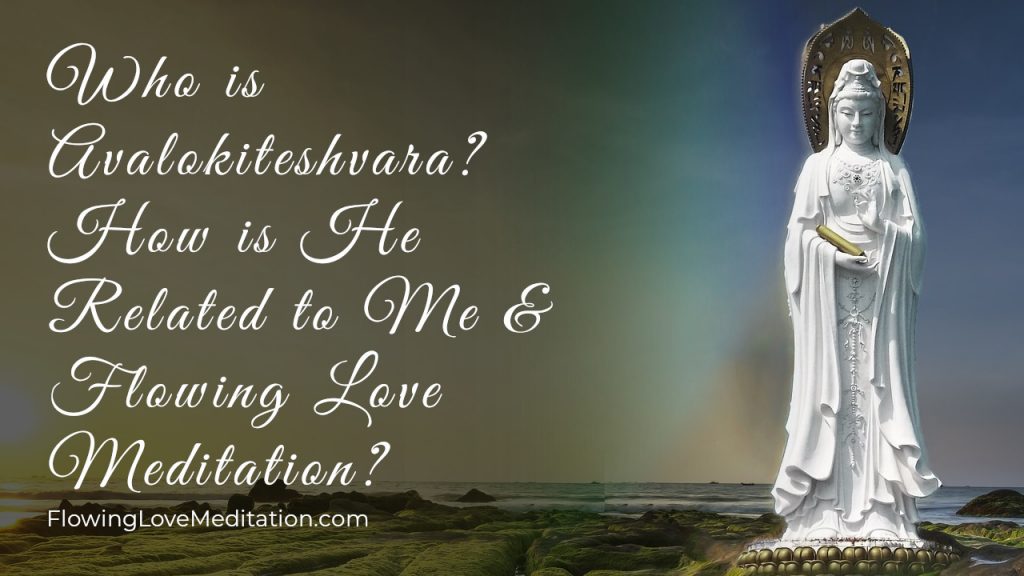
Explore how this connection can deepen your understanding and practice of Flowing Love Meditation: Who is Avalokiteshvara? What is His Significance in My Life and Flowing Love Meditation?
c. Flowing Love Meditations: Your Personalized Practice:
I understand that time is precious. That’s why I offer Flowing Love Meditation sessions in various durations to suit your busy schedule. Choose from 10-minute meditations for a quick energy boost to hour-long sessions for a deep immersion into love and compassion.
i. Flowing Love Meditation With 10 Minutes Silent Meditation
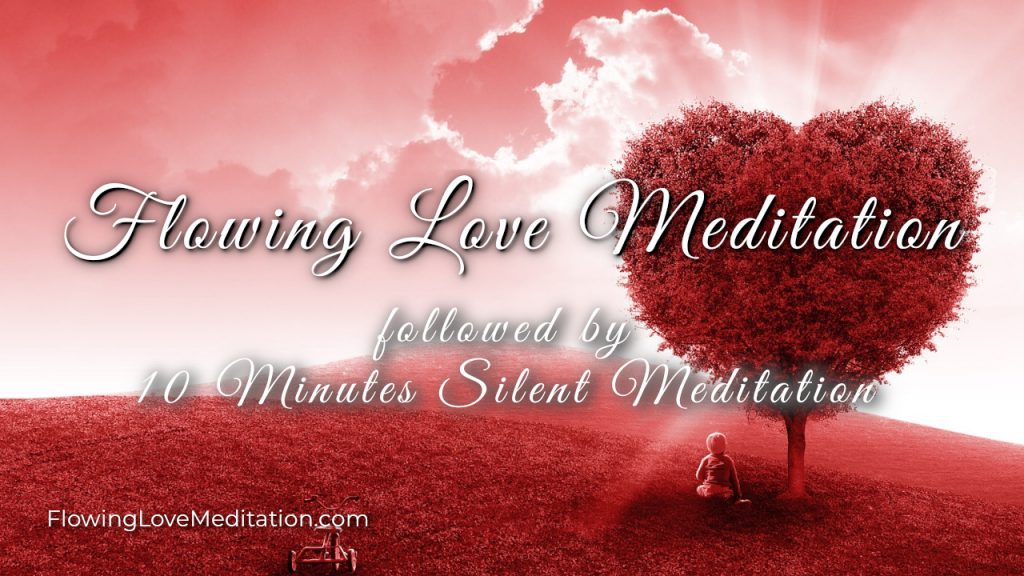
New to meditation? Have a busy schedule? This short meditation is ideal just for you: Flowing Love Meditation with 10 Minutes Silent Meditation
ii. Flowing Love Meditation With 15 Minutes Silent Meditation
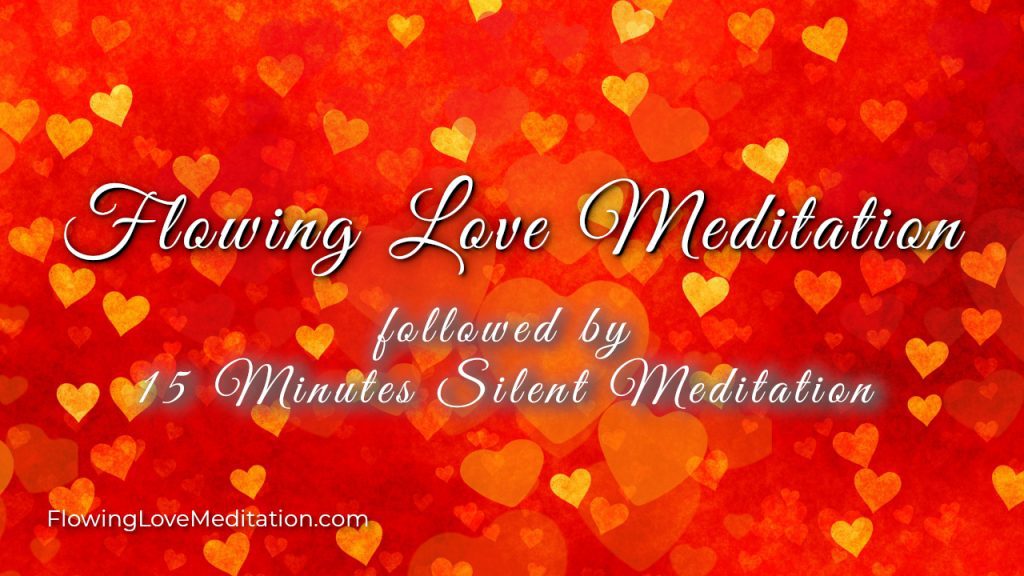
Ready to enjoy a slightly longer meditation? Just 5 more minutes to the one above: Flowing Love Meditation with 15 Minutes Silent Meditation
iii. Flowing Love Meditation With 30 Minutes Silent Meditation
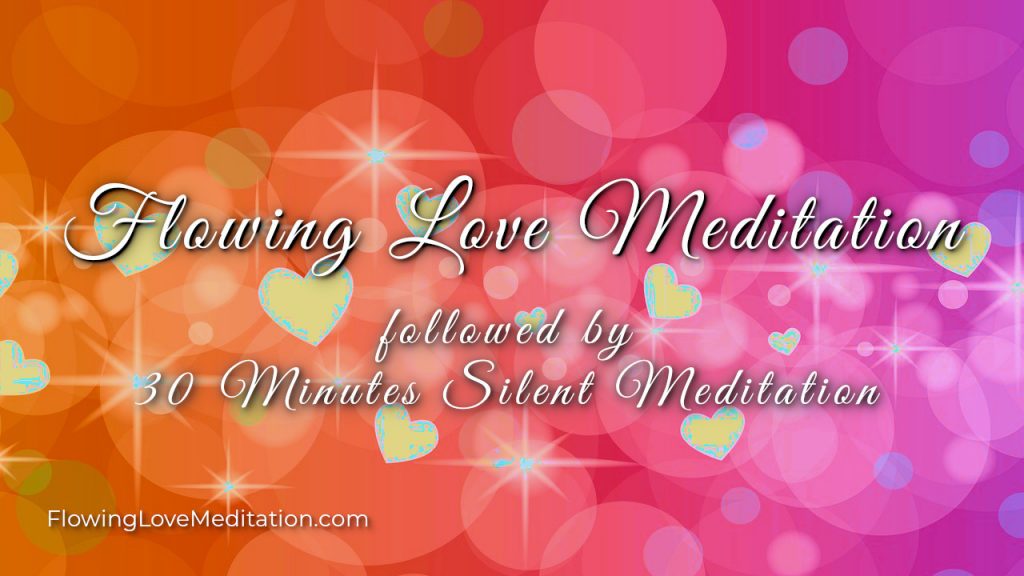
As you practice, you may find your meditation session longer. Try this: Flowing Love Meditation with 30 Minutes Silent Meditation
iv. Flowing Love Meditation With 1 Hour Silent Meditation
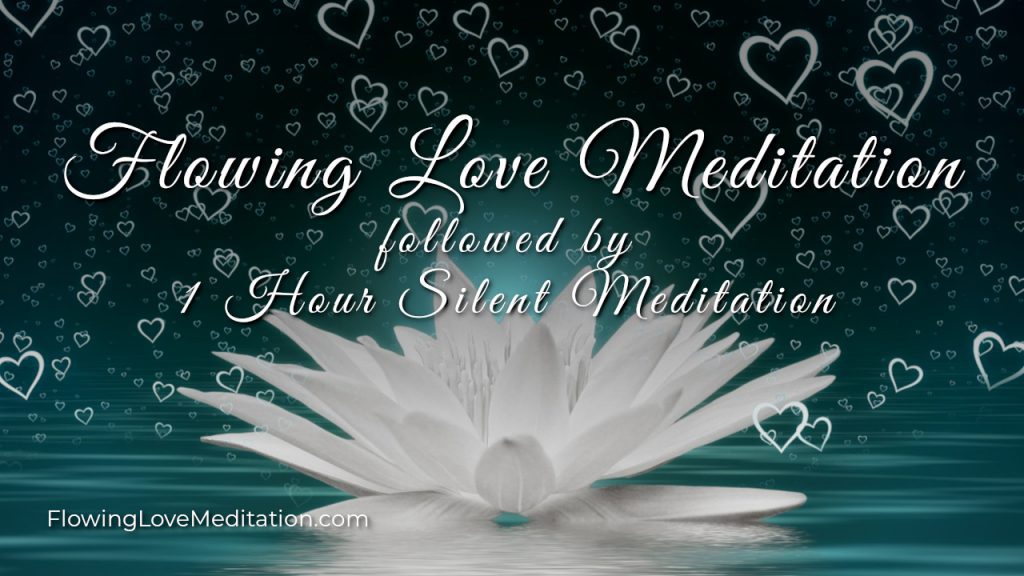
When you are ready, enjoy a long session that will bring you many benefits: Flowing Love Meditation with 1 Hour Silent Meditation
2. Mindfulness Meditation: Anchoring Yourself in the Present Moment
Mindfulness meditation is a cornerstone practice for many meditation traditions. It cultivates a state of present-moment awareness, where you train your mind to observe your thoughts and feelings without judgment. By focusing on the here and now, you can learn to detach from worries about the past or anxieties about the future.
I offer resources to help you explore this practice further:
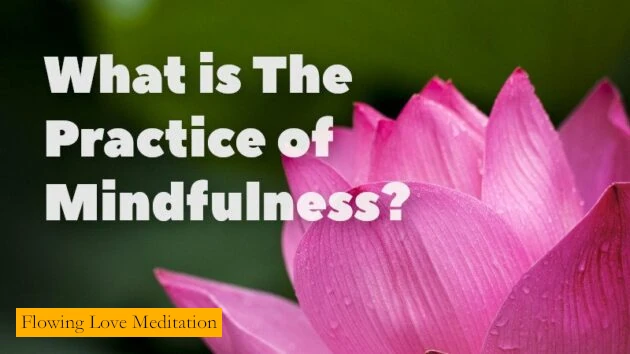
What is The Practice of Mindfulness?: Delve deeper into the core principles of mindfulness meditation and discover its potential benefits for your life: What is The Practice of Mindfulness?
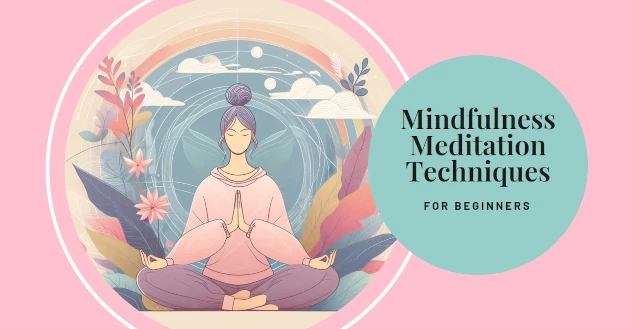
Mindfulness Meditation Techniques for Beginners: Learn practical techniques and step-by-step instructions to begin incorporating mindfulness meditation into your daily routine: Mindfulness Meditation Techniques for Beginners.
3. Mantra Meditation: A Simple Tool for Inner Stillness
Mantra meditation is a powerful yet accessible technique for cultivating inner peace and focus. It involves silently repeating a mantra, a word, phrase, or sound that serves as an anchor for your attention. Mantras can be simple sounds like “Om,” sacred syllables from various traditions, or even personal affirmations you create yourself.
The Power of Repetition:
By silently repeating your chosen mantra, you gently guide your attention away from distracting thoughts and worries. This repetition creates a calming focus, promoting a state of inner stillness and relaxation.
Finding Your Mantra:
There’s no one-size-fits-all approach to choosing a mantra. Some people find guidance from spiritual traditions, while others prefer to create a personal affirmation that resonates with them. The key is to find a mantra that feels meaningful and easy to repeat silently.
4. Chanting Meditation: A Journey of Sound, Peace, and Connection
Chanting meditation offers a unique path to inner peace and connection. This practice involves the rhythmic repetition of sacred sounds, words, or mantras. As the sounds resonate within you, they can create a sense of calm and focus, promoting a shift in your state of awareness.
5. Guided Meditations: Personalized Support for Your Practice
These meditations offer audio instructions to guide you through the practice, making them ideal for beginners or those seeking a structured experience. There are a variety of guided meditations for different purposes:
a. Guided Meditation for Stress Relief:
Find moments of calm and relaxation amidst a busy day Feeling overwhelmed by daily pressures? This guided meditation provides calming techniques and visualizations to help you release tension, find inner peace, and approach challenges with greater clarity and resilience.
b. Guided Meditation for Healing and Recovery:
Whether you’re recovering from an illness, surgery, or emotional hardship, this guided meditation can offer valuable support. It uses gentle techniques to promote relaxation, reduce pain, and foster a sense of inner peace that can support your body and mind on the path to healing.
c. Guided Meditation for Manifestation:
Align your intentions with the power of the universe and cultivate an energy of abundance with this guided meditation. Through visualization and focused affirmations, this practice empowers you to attract your desires and co-create a reality that reflects your deepest goals.
I offer resources to help you explore this practice further:
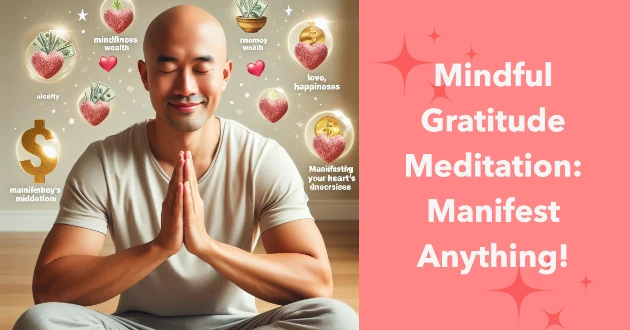
Being thankful is a powerful way to manifest your heart’s desires. Here is my blog post with more details: Mindful Gratitude Meditation: Manifest Anything!
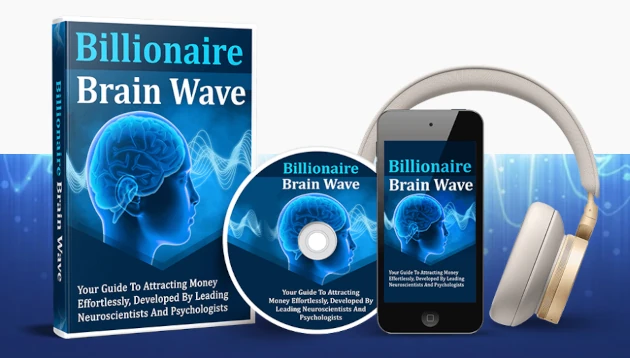
Click image above to Get It Now!
d. Guided Meditation to Manifest Your True Love:
This guided meditation fosters a loving energy within you, creating a magnetic field that attracts your ideal partner. By cultivating feelings of self-love, compassion, and clarity about your desires, this practice opens your heart to receive and attract a love that is healthy, fulfilling, and truly reflects your deepest values.
I offer resources to help you explore this practice further:
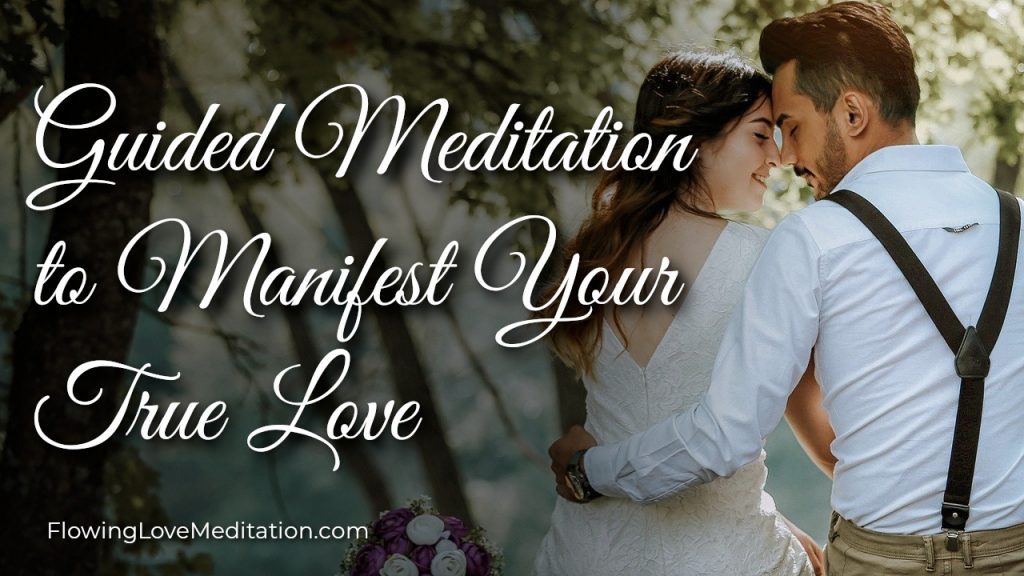
I found true love using this meditation. You can too: Guided Meditation to Manifest Your True Love.
e. Guided Meditation to Connect with Your Spiritual Self:
Embark on a journey of inner exploration with this guided meditation. By quieting the mind and connecting with your inner wisdom, you can gain clarity on your life’s purpose and cultivate a sense of peace and belonging in the universe.
I offer resources to help you explore this practice further:
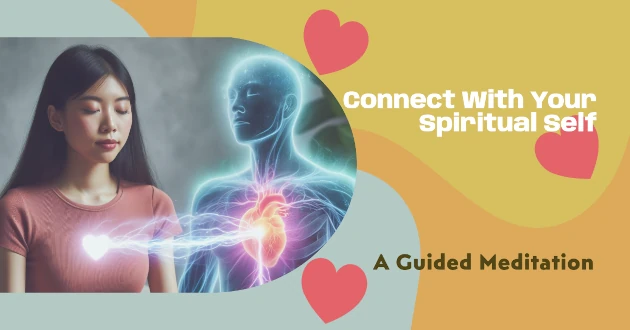
This practice uses calming techniques and powerful visualizations to guide you towards a deeper connection with your spiritual self: Connect with Your Spiritual Self: A Guided Meditation.
f. Guided Meditation for April 8 Solar Eclipse:
Harness the transformative power of the April 8th Solar Eclipse with this specially designed guided meditation. This practice will guide you through techniques to connect with the unique celestial energies of the eclipse. By releasing what no longer serves you and setting powerful intentions, you can utilize this potent cosmic alignment to usher in positive change and growth in your life.
I offer resources to help you explore this practice further:
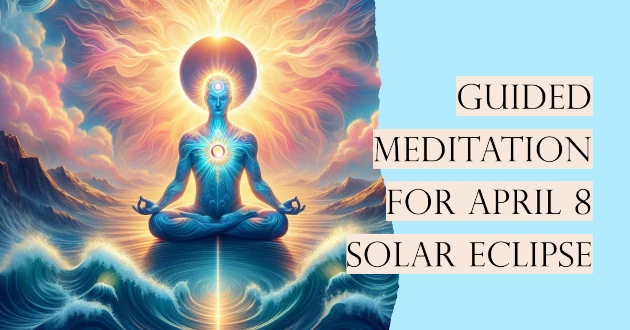
Keen to do the meditation. Here is my blog post with the step by step guide: Guided Meditation for April 8 Solar Eclipse.

Interested to learn more about the April 8 Solar Eclipse and meditation? Here is my blog post with more details: April 8 Solar Eclipse for Energy-Sensitive Souls: Ride the Wave?
g. April 23, 2024 Pink Full Moon Meditation:
Embrace the transformative energy of the April 23rd Pink Full Moon with this guided meditation. By acknowledging areas of your life that need transformation and setting powerful intentions, you can utilize the potent full moon energy to shed what no longer serves you and blossom into a more empowered and authentic version of yourself.
I offer resources to help you explore this practice further:
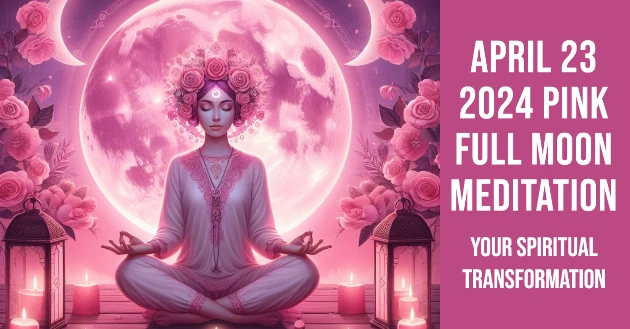
This practice will guide you through techniques to harness the moon’s influence for personal growth and positive change: April 23 2024 Pink Full Moon Meditation: Your Spiritual Transformation.
h. June 3rd Planets Alignment with Guided Manifestation Meditation:
Harness the powerful synergy of the June 3rd planetary alignment with this guided manifestation meditation. By focusing your intentions and aligning them with the potent cosmic forces at play, you can amplify your manifestation power and attract your desires with greater ease.
I offer resources to help you explore this practice further:

This unique practice will guide you through techniques to connect with the combined celestial energies of the aligned planets: June 3rd Planets Alignment with Guided Manifestation Meditation.
i Guided Meditation for Children and Teens:
Create a safe and calming space for young people to explore their inner world and cultivate mindfulness. This guided meditation uses age-appropriate language and imagery to help children and teens manage stress, improve focus, and develop emotional well-being. It can be a valuable tool for navigating the challenges of growing up and promoting a sense of peace and self-acceptance.
6. Breath-Focused Meditation: Anchoring Your Attention for Inner Peace
This simple yet powerful technique cultivates calmness and mindfulness by anchoring your attention to your breath. By observing your breath as it enters and leaves your body, you train your mind to be present in the moment and quiet the mental chatter. Breath-focused meditation is a foundational practice for many meditation techniques.
I offer resources to help you explore this practice further:
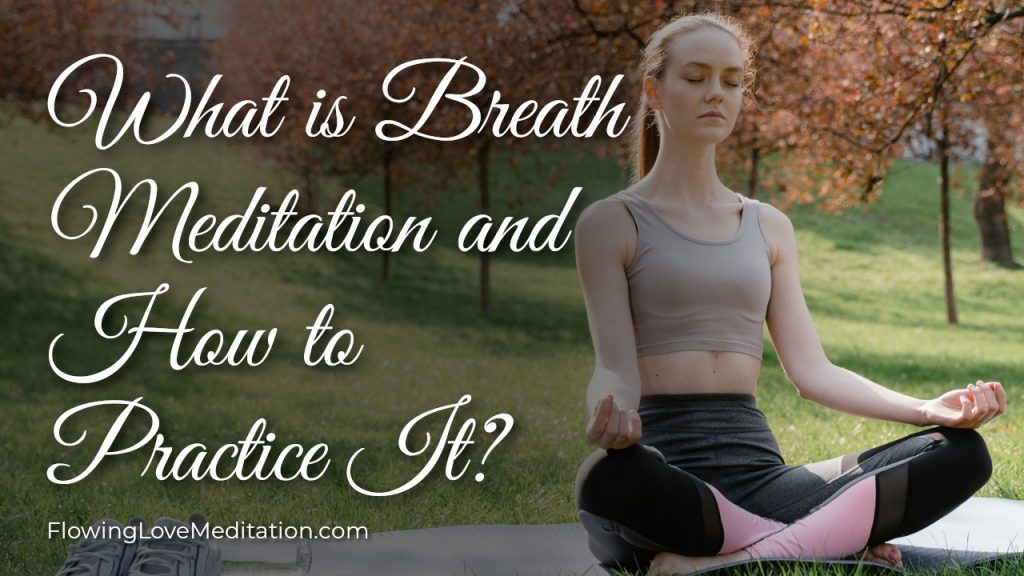
What is Breath Meditation and How to Practice It: Gain a deeper understanding of the technique and learn step-by-step instructions for incorporating breath-focused meditation into your routine: What is Breath Meditation and How to Practice It?
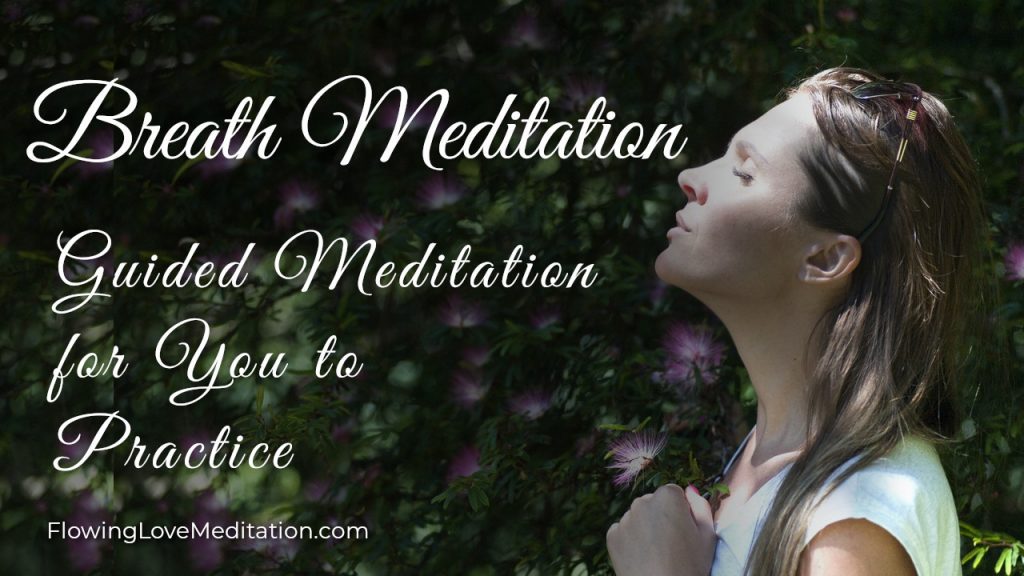
Breath Meditation – A Guided Meditation for You to Practice: Experience the benefits of breath-focused meditation firsthand with this guided audio resource: Breath Meditation – A Guided Meditation for You to Practice.
7. Loving-Kindness Meditation (Metta): Cultivating Compassion for a More Connected Life
Loving-Kindness Meditation, also known as Metta meditation, is a practice that fosters a sense of connection and well-being by cultivating feelings of love and compassion. Unlike romantic love, Metta focuses on a universal sense of kindness and goodwill. Through this practice, you learn to extend kindness and understanding towards yourself, loved ones, and even strangers.
8. Transcendental Meditation (TM): Effortless Journey to Inner Peace
Transcendental Meditation, or TM, offers a unique approach to meditation. This technique involves silently repeating a mantra, a word or phrase received from a qualified TM teacher. Unlike other forms of meditation that focus on actively observing thoughts or controlling the mind, TM utilizes a mantra as a gateway to transcend thought and experience a state of deep inner peace and relaxation.
Important Note: Learning Transcendental Meditation requires instruction from a certified TM teacher.
9. Walking Meditation: Mindfulness on the Move
Walking meditation offers a unique way to cultivate mindfulness and awareness in your daily life. Unlike traditional seated meditation, this practice involves focusing your attention on the sensations of walking. As you move your body, you observe the physical sensations in your feet, legs, and breath. This simple act of mindful walking can help you:
- Stay present in the moment: By focusing on your body’s movements, you train your mind to be less distracted by thoughts and worries.
- Reduce stress and improve mood: Mindful walking can be a form of gentle exercise, promoting relaxation and releasing endorphins that elevate your mood.
- Increase focus and concentration: The act of focusing on your body’s sensations can enhance your ability to concentrate and be more present in your daily activities.
Explore Walking Meditation Further:
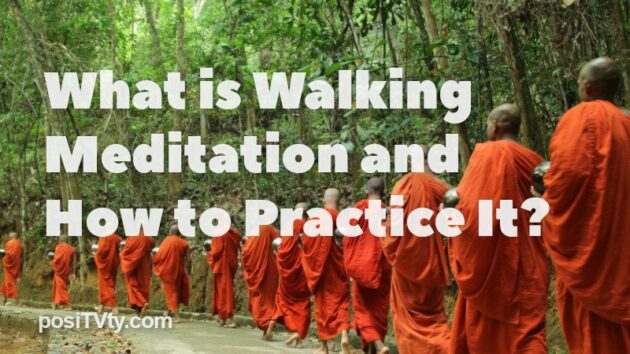
What is Walking Meditation and How to Practice It?: Delve deeper into the practice and learn step-by-step instructions to incorporate walking meditation into your routine: What is Walking Meditation and How to Practice It?
10. Expand Your Practice: Exploring Movement-Based Meditations
Meditation isn’t limited to sitting still! A variety of movement-based practices combine mindful movement with meditation, offering a holistic approach to well-being. These practices can be a great fit for those who find it challenging to quiet their minds in seated meditation:
- Yoga: This ancient practice integrates physical postures (asanas), breathing exercises (pranayama), and meditation to promote physical and mental well-being. Through mindful movement and breathwork, yoga can reduce stress, improve flexibility, and cultivate inner peace.
- Tai Chi: This gentle form of exercise combines slow, flowing movements with deep breathing and focused attention. Tai Chi is known to improve balance, coordination, and reduce stress, making it a valuable practice for people of all ages and abilities.
- Qigong (Chi Kung): Similar to Tai Chi, Qigong involves gentle movements coordinated with breathwork and focused intention. This practice is believed to promote the flow of vital energy (qi) throughout the body, leading to improved health and well-being.
Beyond these popular examples, there are many other movement-based meditations you can explore. The key is to find a practice that resonates with you and allows you to connect with your body and mind in a mindful way.
Ready to Dive Deeper? Exploring Advanced Meditation Techniques
As your meditation practice matures, you might be drawn to explore techniques that delve deeper into the nature of your mind and experience. Here are a few advanced practices to consider:
1. Insight Meditation (Vipassana):
This technique cultivates wisdom by observing the impermanent nature of thoughts, feelings, and bodily sensations. Through sustained observation, you gain a deeper understanding of the ever-changing nature of reality.
I offer resources to help you explore this practice further:
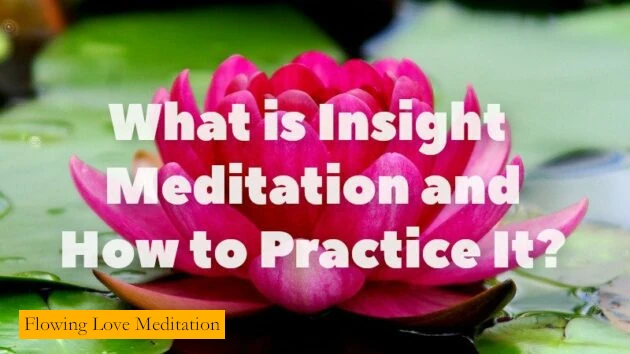
Here is my blog post explaining more about Insight Meditation and how to practice it: What is Insight Meditation and How to Practice It?
2. Samatha Meditation:
This practice refines your ability to focus and cultivate a state of inner tranquility. By focusing your attention on a single object, such as the breath, you learn to quiet the mind and experience deep states of calmness and concentration.
I offer resources to help you explore this practice further:
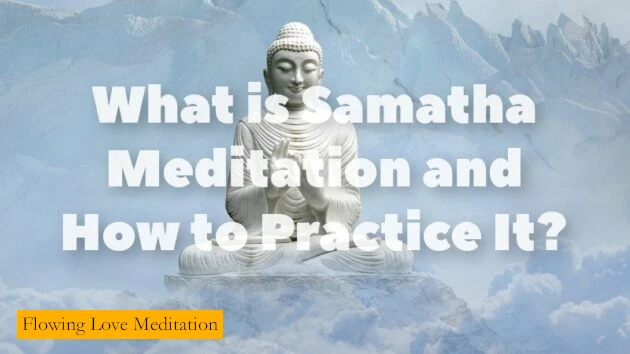
Here is my blog post explaining more about Samatha Meditation and how to practice it: What is Samatha Meditation and How to Practice It?
Important Note: Advanced meditation techniques often require a strong foundation in basic meditation practices. These techniques can be powerful tools for self-discovery, but it’s recommended to establish a comfortable meditation practice before venturing deeper.
Enhancing Your Meditation Practice with Tools and Props
Beyond the core techniques and practices, certain tools and props can enhance your meditation experience. Let’s explore some popular options:
Sacred Space Essentials:
Creating a dedicated meditation space can elevate your practice. Consider incorporating elements like incense, such as sacred white sage, to purify the air and create a calming atmosphere.
Traditional American Incense, White Sage is a Powerful Space Clearing Tool that can help to Remove Bad and Negative Energies. Click image above and use Promo Code: ‘NEW20’ to get 20% Off Your First Order Now!
The gentle sounds of a Tibetan singing bowl can help you transition into a meditative state.
Crystals, often associated with specific energies, can be placed around your space to amplify your intentions.
Comfort and Support:
Physical comfort is essential for a deep meditation. Meditation cushions or zafus provide support for your back and hips, allowing you to sit comfortably for extended periods. Blankets or eye pillows can create a cocoon-like environment, blocking out distractions and promoting relaxation.
Sound and Silence:
While some prefer complete silence for meditation, others find ambient sounds helpful. Nature soundscapes, soft instrumental music, or the gentle chimes of a wind chime can create a soothing backdrop for your practice.

Click image above to get it now!
Unlock inner peace with Ennora’s binaural beats. Backed by research, Ennora’s scientifically crafted music effortlessly aligns mind, body, and spirit. Explore Ennora and embark on a transformative journey today! Click image above to get it now!
Remember, these tools are simply enhancements to your meditation practice. The most important tool is your mind itself. Experiment with different options to find what resonates with you and creates the ideal environment for your meditation journey.
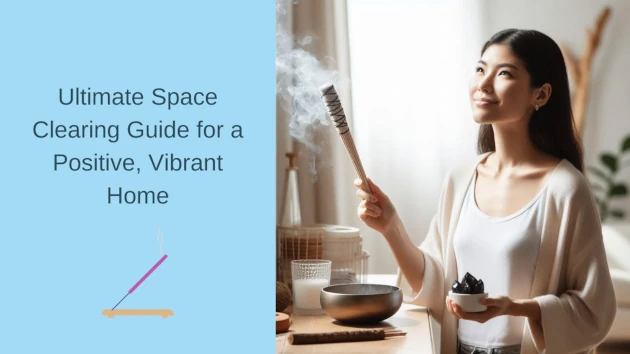
You can learn more about how space clearing can help you create your sacred space. Also, information about why space clearing is important, the steps to do space clearing and more! Ultimate Space Clearing Guide for a Positive, Vibrant Home
Weaving Mindfulness into Your Day: Making Meditation a Habit
Meditation isn’t confined to a cushion! The power of mindfulness can be woven into the fabric of your daily life, enriching your experience and fostering a sense of peace and presence.
Transforming Daily Activities:
Discover how even the most ordinary tasks can become opportunities for mindfulness:
- Mindful Chores: Washing dishes, folding laundry, or cleaning your home can be acts of mindful meditation. Focus on the sensations of your body as you move, the feeling of water on your skin, or the rhythmic motions of cleaning. Notice your breath and bring your full attention to the present moment, transforming a chore into a mindful practice.
- Mindful Meals: Savor each bite! Instead of rushing through meals, slow down and engage your senses. Notice the colors and textures of your food, appreciate the aroma, and fully taste each mouthful. Mindful eating allows you to appreciate your nourishment and cultivate a sense of gratitude.
- Mindful Communication: Be present in your interactions with others. Give your full attention to the person you’re speaking with, listen actively, and avoid distractions. Mindful communication fosters deeper connections and allows you to truly understand and be understood.
Explore more ways to integrate mindfulness into your daily life:
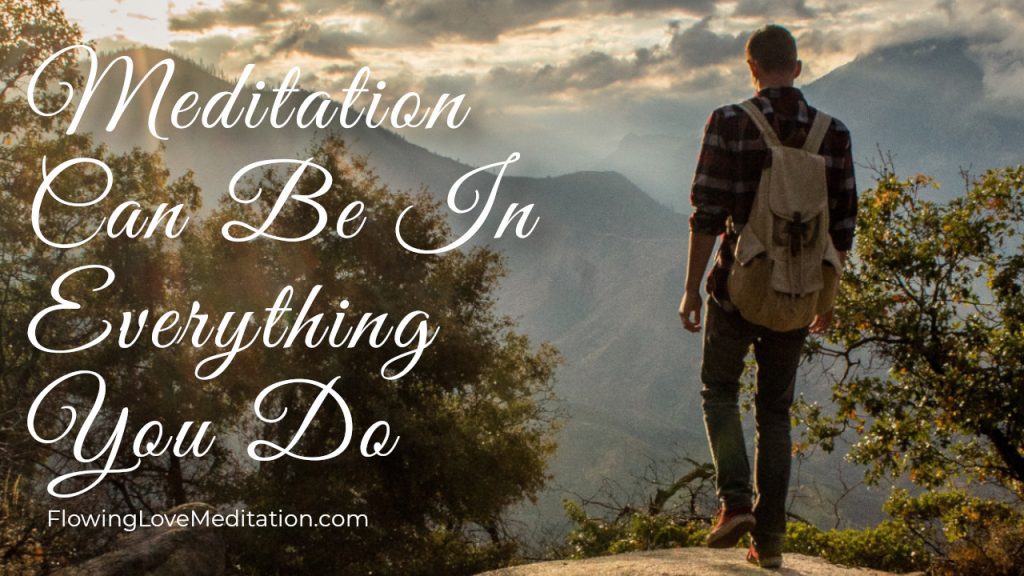
Meditation Can Be In Everything You Do: This comprehensive guide delves deeper into the concept of mindfulness and offers practical tips on incorporating it into various aspects of your life: Meditation Can Be In Everything You Do.
The Enchanting Landscape of Meditation: Exploring Common Experiences
Meditation can be a journey of self-discovery, and sometimes the landscapes you encounter can be surprising! It’s normal to experience a variety of sensations, thoughts, and emotions during your practice.
Here are some common experiences and how to navigate them:
- A Parade of Sensations: Bodily sensations like tingling, itchiness, or warmth are common. Observe them neutrally, like watching a parade go by, and then return your focus to your meditation practice.
- Emotional Waves: Meditation can stir up unexpected emotions. Allow yourself to feel them without judgment, and then let them pass like clouds in the sky.
- Seeing Lights or Images: Some people experience visual phenomena like lights or colors. Observe them with curiosity and detachment, and then return your focus to your meditation practice.
- Feeling Heavy or Light: Physical sensations of heaviness or lightness can arise. Acknowledge them without judgment and maintain your focus.
- Bliss and Peace: Sometimes, profound feelings of peace and joy can emerge during meditation. Savor these moments, but remember, they are not the goal of meditation. Simply observe and enjoy them, and then return your focus to your anchor point.
Remember: There’s no such thing as a “bad” meditation experience. Every sensation, thought, or emotion offers an opportunity for self-observation and growth. Embrace the journey, and don’t hesitate to explore these experiences further in the following resources:
I offer resources to help you explore this practice further:
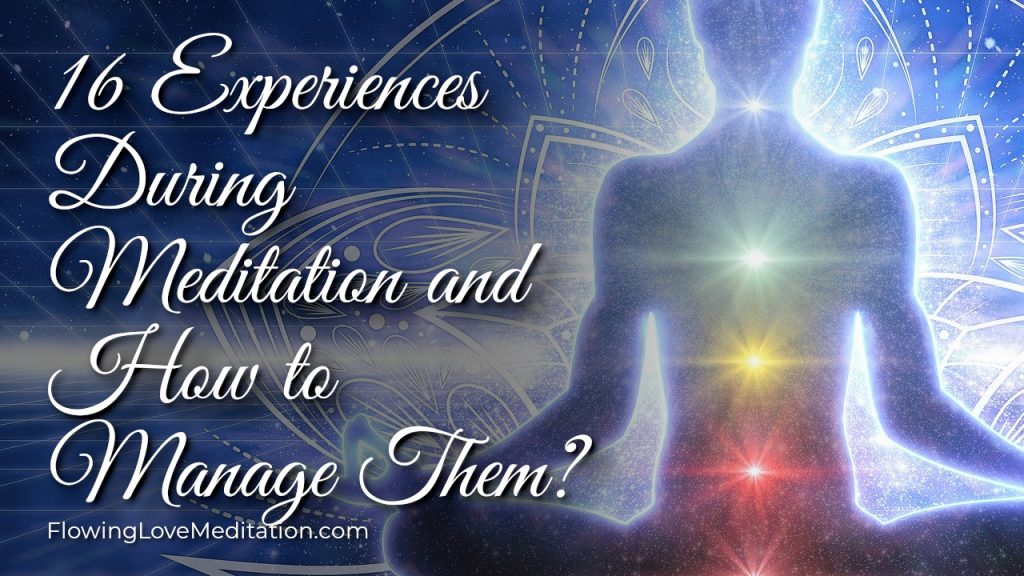
16 Experiences During Meditation and How to Manage Them? This comprehensive guide delves deeper into a wider range of experiences you might encounter during meditation and offers tailored strategies for navigating them: 16 Experiences During Meditation and How to Manage Them?
Taming the Wobbly Mind: Overcoming Common Meditation Challenges
It’s normal to experience hurdles during meditation. A wandering mind or physical discomfort can leave you feeling frustrated. But remember, meditation is a practice, much like learning a new language.
With patience and these helpful tips, you can overcome these common obstacles:
- The Wandering Mind: It’s natural for your thoughts to drift. Don’t beat yourself up! Simply acknowledge the thought with a gentle “thinking” and guide your attention back to your anchor point (breath, mantra, etc.). This process strengthens your ability to focus over time.
- The Symphony of Distractions: Bodily sensations and fleeting thoughts are inevitable. Observe them without judgment, like watching clouds pass by in the sky. Then, kindly redirect your focus back to your meditation practice.
- Body Blues: Discomfort can arise during meditation. If you experience pain, adjust your posture or take a short break. Remember, comfort is key for a sustainable practice.
I offer resources to help you explore this practice further:

5 Obstacles of Meditation, and How To Overcome Them? Provides a different perspective on overcoming common meditation hurdles: What are the 5 Obstacles of Meditation, and How To Overcome Them?
Enrich Your Meditation Journey:
Your meditation practice is a personal path, and there are many resources available to support you along the way. Here are a few options to consider:
- Deepen Your Practice with Meditation Retreats: Immerse yourself in a dedicated meditation environment through a meditation retreat. Retreats offer extended periods of practice, workshops, and guidance from experienced teachers.
- Explore Meditation Apps for Guided Support: Many meditation apps provide guided meditations, mindfulness exercises, and educational resources. Explore different apps to find one that suits your learning style and preferences.
- Benefit from the Support of a Meditation Teacher: A qualified meditation teacher can offer personalized guidance, answer your questions, and help you navigate challenges you encounter in your practice. Consider working with a teacher to deepen your understanding and progress on your meditation journey.
Community and The Power of Togetherness: Cultivating Connection in Your Meditation Journey
While meditation can be a deeply personal experience, there’s immense value in connecting with others who share your passion for mindfulness. A meditation community can offer support, encouragement, and a sense of belonging. Here are a few ways to connect:
- Thrive in Our Online Community: Join our supportive Facebook group, ‘Flowing Love Meditation.’ This vibrant online space allows you to ask questions, share your experiences, and connect with like-minded individuals on their meditation journeys: Flowing Love Meditation | Facebook
- Deepen Your Practice with Online Courses: Explore my comprehensive online courses and workshops. These structured learning experiences offer a deeper dive into meditation practices, techniques, and philosophies, taught by experienced instructors.
- Meditate Together Virtually: Join our live virtual meditation sessions! These interactive sessions allow you to connect with others in real-time, fostering a sense of community and shared practice.
- Find Inspiration on Social Media: Follow Flowing Love Meditation for daily doses of inspiration! We share meditation tips, mindfulness reminders, and uplifting quotes to support you on your journey. Find us on various platforms:
- YouTube: Explore guided meditations, video tutorials, and inspiring content: Flowing Love Meditation YouTube Channel
- Instagram: Get daily inspiration for your practice: Flowing Love Meditation @ Instagram
- TikTok: Find short, engaging meditation tips and practices: Flowing Love Meditation @ TikTok
- X (Formerly Twitter): Stay connected with short, mindful messages: Flowing Love Meditation @ X
- Pinterest: Discover beautiful visuals and infographics related to meditation: Flowing Love Meditation @ Pinterest
Join Our Healing Community: Subscribe to our email list to receive ongoing inspiration, support, and valuable resources on your healing path.
Meditation FAQs (Addressing Common Questions)
Have questions about meditation? Don’t worry, you’re not alone! Here are some answers to commonly asked questions to help you get started on your meditation journey. For a more comprehensive exploration of meditation FAQs, visit our dedicated blog post (link to your FAQ blog post on the same site).
Q: What are the benefits of meditation?
A: Meditation offers a range of benefits, including reduced stress and anxiety, improved focus and concentration, and enhanced self-awareness.
Q: How do I get started with meditation?
A: There are many ways to begin. We recommend starting with short, guided meditations (5-10 minutes) and gradually increasing the duration as you become more comfortable.
Q: What if my mind wanders during meditation?
A: It’s perfectly normal for your mind to wander! Simply acknowledge the thought and gently bring your attention back to your anchor point (breath, mantra, etc.).
The Ultimate Guide to Meditation: Discover Inner Peace & Well-Being
Timotheus Final Thoughts
Flowing Love Meditation
Your exploration of the world of meditation has just begun! We’ve unveiled its potential to cultivate inner peace, reduce stress, and enhance your overall well-being. By incorporating this practice into your daily life, you can embark on a journey of self-discovery and unlock a sense of calmness, clarity, and purpose.
Key Takeaways on Your Meditation Path:
- Benefits Abound: Meditation offers a multitude of benefits, from stress reduction and improved focus to enhanced self-awareness and deeper sleep.
- Find Your Perfect Fit: With a variety of meditation techniques available, you can discover a practice that resonates with you and your unique needs.
- Cultivate with Consistency: Dedication and regular practice are the keys to unlocking the transformative power of meditation.
Ready to Dive In?
Embrace Your Journey:
- Resources:
- Free Guided Meditation: Dive deeper with a guided manifestation meditation. Simply listen and follow the guidance in a video to experience a deep meditation. Explore and try the many Guided Meditations here at Flowing Love Meditation website.
- Explore More:
- Blog Posts: Delve deeper into specific aspects of meditation with our informative blog posts. I cover a wide range of topics related to meditation, offering practical tips, insights, and inspiration to keep you moving forward. As you can see, I have added links to these blog posts on this page. You can also use the search tool on this site to find them. Use the keyword: Meditation.
- Share Your Story:
- Community and Inspiration: Have you experienced the wonders of meditation in your own life? Inspire others by sharing your story in the comments section below! Your success story can motivate and empower others on their own meditation journeys.
We hope this comprehensive guide has sparked your enthusiasm for meditation. Remember, the most important step is to begin. Take a deep breath, find a quiet space, and embark on your journey towards inner peace today.
If you have ANY questions, or anything to clarify, please drop a comment below. I will be happy to help you.
I wish everyone good heath, wealth, and love!

Timotheus
AI & Digital Marketing Expert, Lecturer, Amazon Bestselling Author & Cancer Survivor
Flowing Love Meditation for Inner Peace and Well-Being


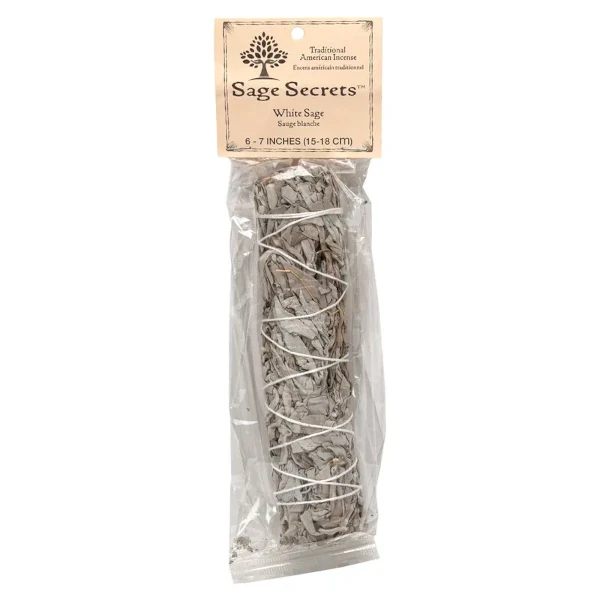

This is a topic that is near to my heart… Cheers!
Exactly where are your contact details though?
Hi there!
Thank you so much for your kind words. I’m truly glad that the topic resonates with you.
As for my contact details, you can find them here on my contact page. Also, I wanted to let you know that I’m in the process of updating my social media accounts. Once they’re ready, I would love to connect with you there too!
Cheers, Timotheus